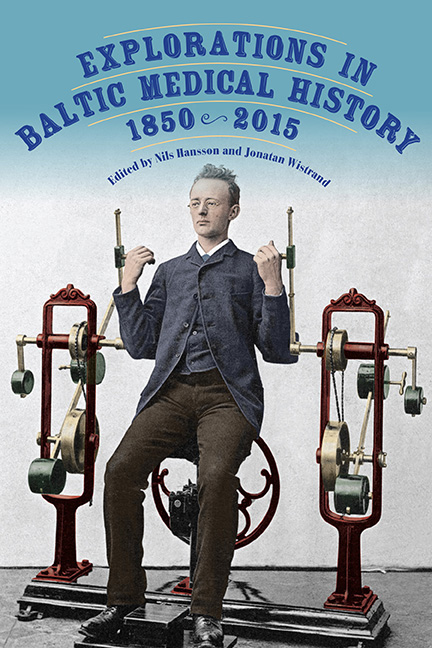6 - Network Transfer: Paul Ehrlich and German-Scandinavian Scientific Relationships around 1900
Published online by Cambridge University Press: 17 April 2021
Summary
The Statens Serum Institut in Copenhagen was inaugurated on September 9, 1902. Life scientists from Sweden, Great Britain, Germany, Italy, and the United States traveled to Copenhagen for the official ceremony, which lasted more than two days. Several Danish ministers attended the festivities. The accompanying program included official speeches, an eight-course gala dinner, a guided tour through the new institute and, as is customary on these occasions, excursions to tourist sites in Copenhagen and the surrounding area, and other scientific institutions in Copenhagen. Among the visitors were Julius Morgenroth from the Royal Prussian Institute for Experimental Therapy in Frankfurt, the institute's director, Paul Ehrlich, and his cousin, Carl Weigert, professor of pathological anatomy at the Senckenberg Foundation in Frankfurt. Ehrlich was placed prominently at the head of the table between the council president (the prime minister of Denmark), Johann Henrik Deuntzer, and the director of the Statens Serum Institute, Carl Julius Salomonsen.
Despite having the character of an official ceremony, the inauguration also had elements of a private (family) celebration. Ehrlich and Deuntzer were bookended by the Salomonsens: Ellen Salomonsen sat next to Deuntzer. Next to her husband sat the minister of war, Vilhelm Hermann Oluf Madsen, the father of Thorvald Madsen. As Salomonsen's scientific assistant and a member of the new institute, the younger Madsen was also in attendance. Thorvald Madsen had spent some time as a guest researcher in Frankfurt at the Royal Prussian Institute for Experimental Therapy and the Pasteur Institute in Paris. Besides these family ties, there were other, quasigenealogical ties. Scientists worked within the traditions of a certain field of research, and they defined themselves as scholars of someone else; for instance, Thorvald Madsen defined himself as a disciple of Salomonsen and Ehrlich. As a whole, members of an institution—a research institute, but also a thought community—could form a close network, as Sandra Legout describes the “famille pasteurienne.” During the inauguration ceremony, visitors were photographed in Thorvald Madsen's private rooms (fig. 6.1). Paul Ehrlich is placed at the center of the picture (7), framed by Vilhelm Hermann Oluf Madsen (8), and his wife, Albertine Henriette Madsen (maiden name Petersen, unnumbered on the photograph). At Ehrlich's feet were the three Madsen daughters (unnumbered) and Thorvald Madsen (2).
- Type
- Chapter
- Information
- Explorations in Baltic Medical History, 1850–2015 , pp. 135 - 167Publisher: Boydell & BrewerPrint publication year: 2019



